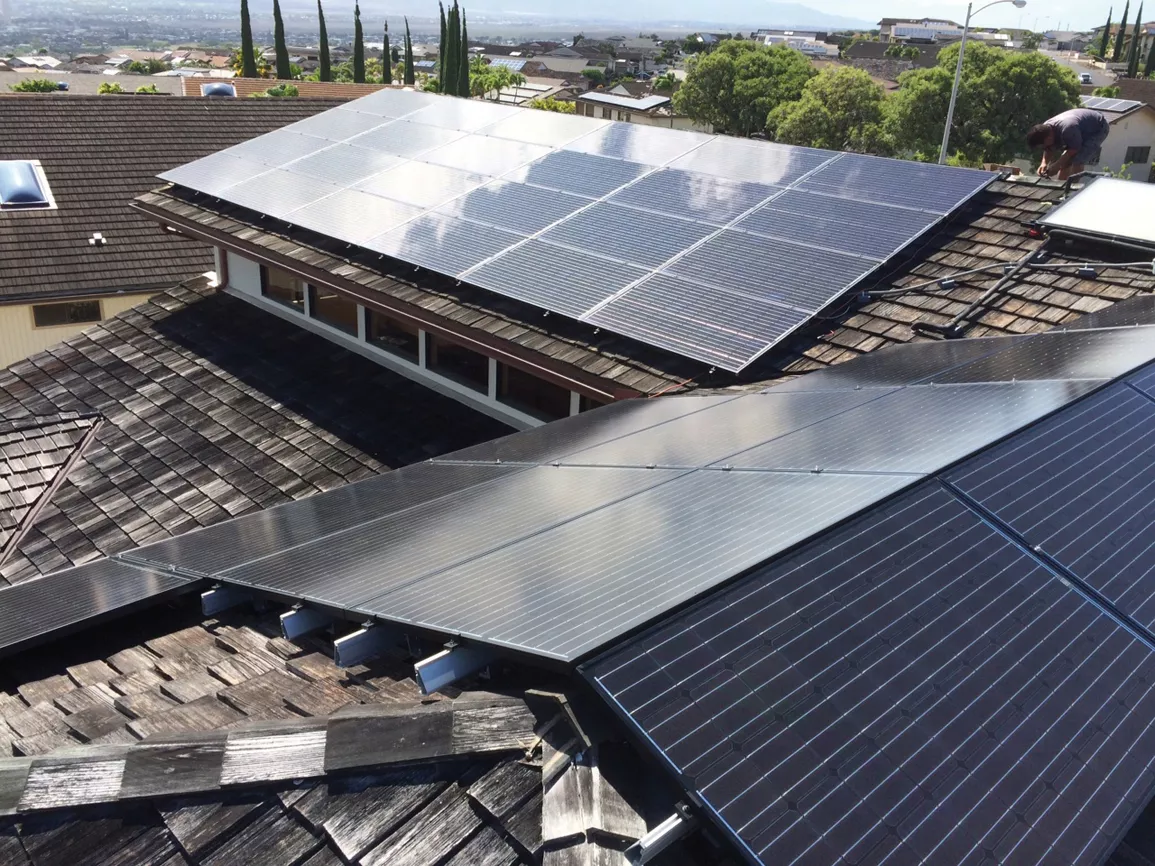How SuperFlex Design makes string inverters feasible for any roof

With the inverter playing a
key role when designing a system, exploring all options available on the market
is worthwhile. In contrast to models from 10 years ago, modern string inverters
now provide high flexibility while keeping cost and complexity low.
Fronius has
always focused on design flexibility and offers "SuperFlex Design" features that allow installers to choose a string inverter for any application.
From single-phase residential systems to large three-phase commercial
systems, from multiple roof angles to specific module counts for carports and
trackers.
What is SuperFlex Design?
SuperFlex Design is a
combination of hardware and software features that integrated into the string
inverter:
Wide voltage windows
With Fronius SuperFlex
Design, installers can design systems from incredibly low start-up voltages (as
low as 80V or three modules) up to the maximum DC voltage allowed by the code.
An example would be the Fronius Primo single-phase inverter, which can handle
up to 1,000V in non-residential systems. This voltage allows for a maximum number
of modules in one string and reduces system costs.
Multiple power point trackers (MPPT)
Multiple power point trackers
(MPPT) allow for different module orientations or tilts, no matter if it's a
simple east/west design with two symmetric arrays, an asymmetric design with a
small sub-array, or a partially shaded system. Split the system among the
independent trackers as needed, from a 50/50 split to a 33/66 split. Therefore,
using inverters with two MPP trackers also makes sense if a sub-array only has
one orientation and no shading. This flexibility enables the connection of
virtually any number of modules and thus ensures optimal use of the given roof
space.
Overdimensioning & maximum current carrying capacity
Furthermore, the maximum
generator output can be over-dimensioned to 150% since the peak output of the
PV generator is barely ever reached. With oversizing, the system produces more
energy throughout the entire year.
But that's not all: if, for
example, the situation results in two arrays with the same tilt and number of
modules (for example, East/West facing), then these two arrays can be connected
to MPPT 1 due to the high current carrying capacity, and the small second array
to MPPT2. Due to the innovative Active Cooling technology, Fronius inverters
can handle very high currents because the cooling technology mitigates the
temperature effects of higher currents.
Shade mitigation with a smart software algorithm
Fronius inverters deliver
maximum flexibility even with partial shading of the module array. The Dynamic
Peak Manager always obtains the maximum energy from the PV modules, meaning
that roof areas with partial shading are no problem. This highly efficient MPP
tracking algorithm detects any shade and optimizes the yield at the string
level. No additional, sensitive components are needed at the module level, as
the inverter has the feature integrated. This approach costs less because there
are fewer system components. It also keeps installation and service costs to a
minimum.
CONCLUSION
Design flexibility in modern
string inverters comes from a set of features that goes far beyond the number
of MPP trackers. The Fronius SnapINverters are a prime example of how flexible
an inverter can be when multiple MPP trackers, active cooling technology, and
software-based shade mitigation are combined - making Fronius SnapINverters
super-flexible and a solution for any project.
Click here to learn how to use these features to differentiate your business from the competition.
